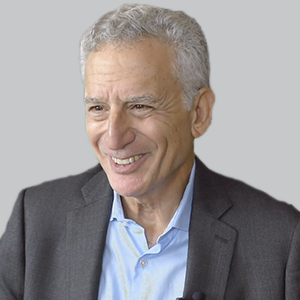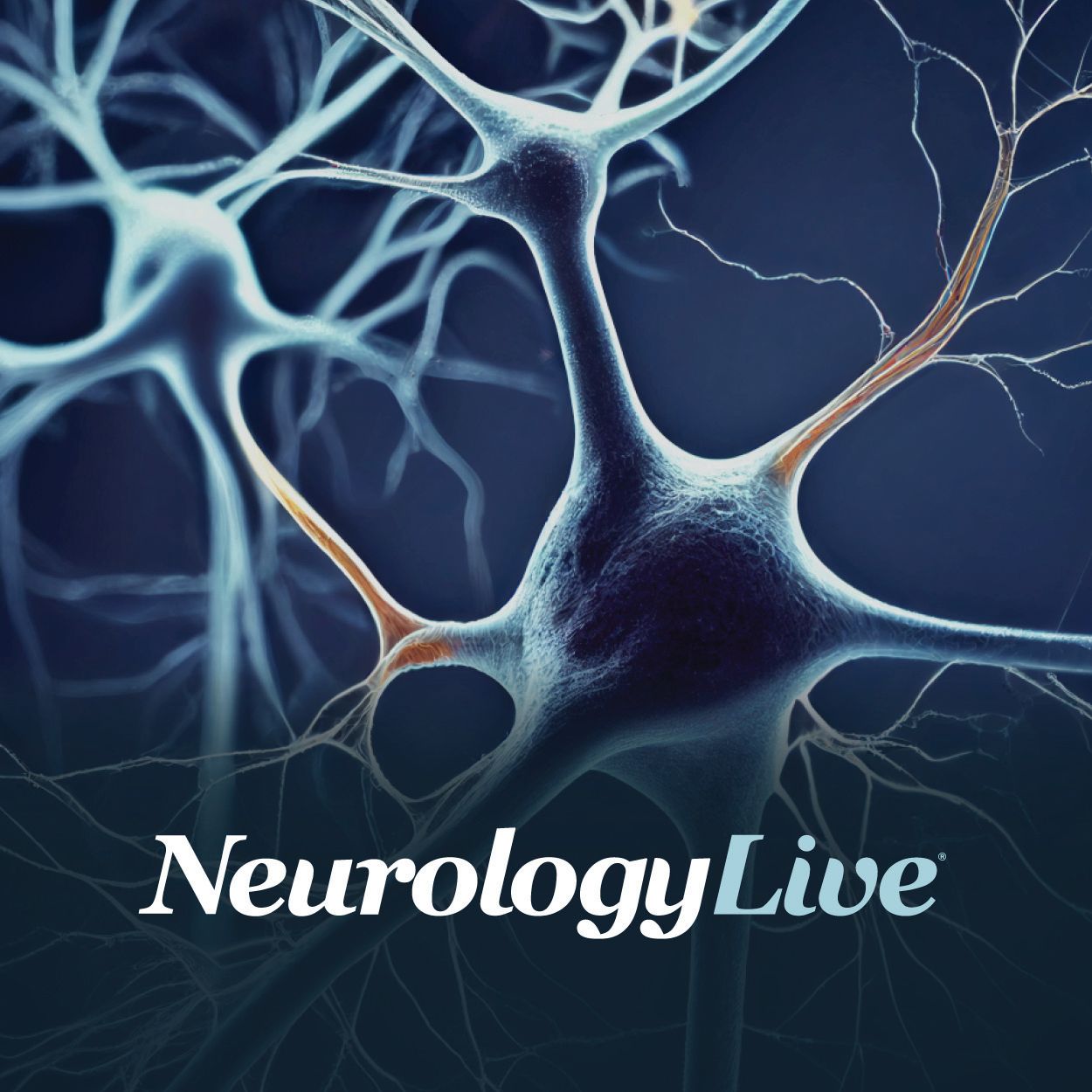Article
Clinical Advancements in Alzheimer Disease
Author(s):
The founding executive director and chief science officer of the Alzheimer’s Drug Discovery Foundation spoke about the progress made in 2018, and what to look forward to in 2019.

Howard Fillit, MD
As 2018 comes to a close, there's time to look back on the advancements and progress made in the field of neurology this calendar year, as well as look forward to what will come with the new year.
Recently, Howard Fillit, MD, the founding executive director and chief science officer of the Alzheimer’s Drug Discovery Foundation (ADDF), was the senior author of a review paper which explored the clinical trial landscape including current agents being studied for the prevention and treatment of Alzheimer disease and other dementias. Ultimately, the paper points to the need to develop and test drugs based on an understanding of the multiple effects of aging on the brain.1
To speak about these advances and the landscape of the treatment of Alzheimer in the context of 2018, as well as what the field should be on the lookout for in 2019, Fillit spoke with NeurlogyLive in an interview.
NeurologyLive: What were the biggest advancements or pieces of news in Alzheimer in 2018?
Howard Fillit, MD: I think one of the big advancements in the last year or so that’s been highlighted in various meetings and elsewhere are the advances we made developing novel biomarkers for Alzheimer disease. Particularly, looking at things like blood tests and spinal tap tests. There has been, I think, really big advances in developing these. The hope is that in 3 or 4 years, or something like that, we will have a blood test for Alzheimer disease. Our foundation, [the ADDF], just did a partnership with Bill Gates and some others to develop blood tests for Alzheimer disease. It’s currently almost a $50-million effort. The foundation is also working with the National Institute on Aging in the effort.
One of the big advances in our field in the last year or two has been the advances in our knowledge of and identifying blood-based and spinal fluid-based biomarkers. Particularly the blood-based ones because they’ll be less extensive and non-invasive, and hopefully, will correlate with what we find on neuroimaging. The spinal fluid, for example, it looks pretty good, but I think we’ll have a blood amyloid—a beta-amyloid—test. It’s a huge advance in getting early diagnosis for patients and would be the equivalent of having a blood cholesterol test in heart disease and the major changes that did for the heart. That’s one thing.
The other thing I mentioned earlier signing results that are being reported now by Biogen and other companies on the possible efficacy, at least in terms of reducing the pathology for Alzheimer disease. Over the summer, 2 of the trials that we supported reported some interesting results in meetings. One was the use of nabilone for the treatment of agitation in Alzheimer disease—that was done up in Canada at the University of Toronto, the Sunnybrook facility, one of the veteran’s homes there—and what the data showed in a phase 2 exploratory study, is that we don’t have any good drugs that are safe for people with dementia that have agitation. It’s really a very serious comorbidity of the disease and is a major risk factor for institutionalization. Currently, the only drugs that we use are antipsychotics with terrible adverse effects that are not approved for use in elderly people with dementia. In fact, the drugs have a black box warning from the FDA restricting the use of them for people like that.
Having a safe and effective drug for the treatment of agitation in people with dementia is really important issue.
This drug nabilone, which is a tetrahydrocannabinol derivative—a synthetic form of THC—was shown to have supposed to be very safe in these elderly dementia patients and also shown to be fairly effective in reducing the amount of agitation that they had. We’re excited about that and we’re hoping to see that program move on to a phase 3 to prove it in a larger panel of patients. And then the other off-label repurposing trial that we ran and funded, in Rome, Italy, investigated rotigotine for another very serious symptom of early Alzheimer disease called apathy. Basically, it’s sort of part of the loss of executive function that people with Alzheimer disease have very early in the disease and mild cognitive impairment and apathy is a major cause of impaired quality of life in these patients and other executive functions early in the disease also. Rotigotine is a drug that’s used for Parkinson disease that acts through the dopaminergic pathways, and the investigator recognized that these pathways include connections into the frontal lobes and pre-frontal cortex. There was evidence, in theory, that by getting these dopaminergic agonists you can get improvements in executive functions in these patients. The trial showed that the drug was safe and there were, in fact, improvements in apathy and some of the other executive functions. So, we’re excited that we’re repurposing rotigotine for these symptoms of apathy in patients with Alzheimer disease, and hope it will improve quality of life early in the illness.
Heading into 2019, what should the neurology community be on the lookout for in Alzheimer?
You’re going to have more reports in some of the phase 2 trials that are currently being conducted. There are about 60 or 70 of those currently in clinical trials, and I’m hopeful that as we move forward, we’re going to increasingly have more exploratory studies and phase 3 studies reporting out the coming year on novel approaches to therapy like I mentioned in the paper, based on these principles of aging and looking at drugs that are high on effects of inflammation, epigenetics, neurovascular changes, mitochondrial changes, and so on. I think we’re going to see more trials increasingly so over the coming year and further advances in biomarkers—especially blood biomarkers.
REFERENCE
1. Hara Y, McKeehan N, Fillit H. Translating the biology of aging into novel therapeutics for Alzheimer’s disease. Neurology. 2019;92:1-10. doi:10.1212/WNL.0000000000006745





